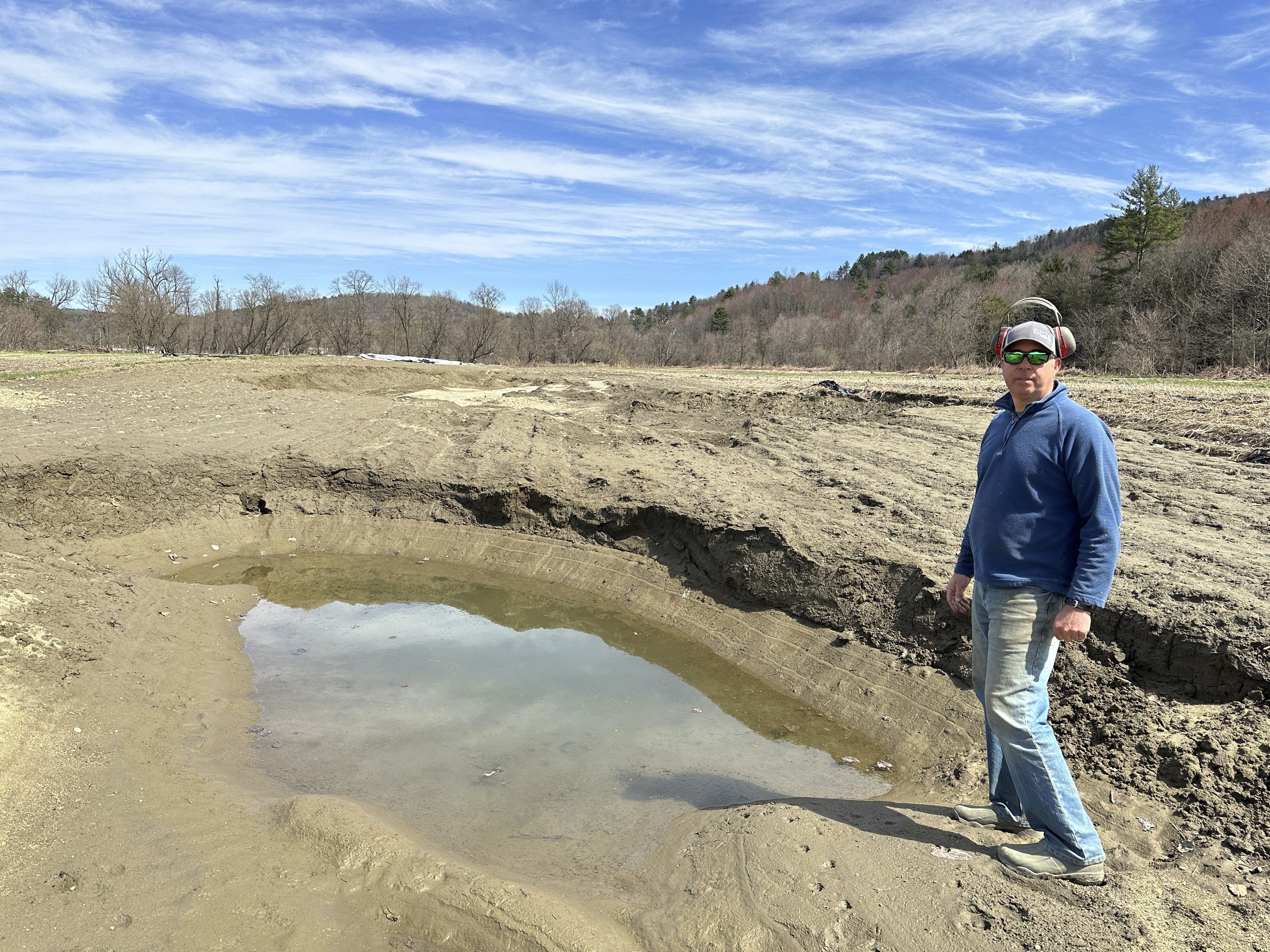The federal Transportation Security Administration expects a busy, possible record month for air travel, driven in large part by April school vacations.
The TSA gave Vermont news organizations, including necn, an up-close and behind-the-scenes look at training materials Tuesday, including glimpses at unusual objects aimed at keeping passengers safe.
“People do try to artfully conceal items,” said Lisa Farbstein of the TSA, adding that past attempts to take down planes—such as the 2001 “shoe bomber” case—are the reasons for security policies such as taking off shoes and removing laptops from bags at checkpoints.
Similarly, Farbstein pointed to a foiled 2006 plot to detonate liquid explosives over the Atlantic as the reason for TSA size limits on liquids and gels in carry-ons.
Farbstein showed necn several items that appeared innocuous—such as a camera, cane, and bag of corn chips—that the administration uses as props. Officials hide suspicious-looking objects in the items and use them as training materials to guide officers on how to stay ahead of threats.
“It’s really up to the imagination of the bomb-maker,” Farbstein said of how the TSA must stay alert to the threat of explosives. “Intelligence tells us that they’re very adept at concealing devices– especially explosive devices.”
With more than 2.2 million passengers per day expected to travel through TSA checkpoints for trips this spring, the administration wants to remind people what to expect, security-wise, to keep lines moving, while it focuses on keeping everyone safe.
Vermont
The latest news from around the state
Common questions about what can and cannot be brought on board are answered on the TSA website.
A record 4,239 guns, 86 percent of which were loaded, were confiscated from carry-on bags in 2018, according to the TSA.
And while those, of course, are a big concern, Vermont’s federal security director for the TSA said the administration is always working to outsmart bomb makers.
“By far, the greatest threat is an actual explosive,” said TSA security director Bruce McDonald. “Because we know that the days of somebody being able to bring on a knife and being able to successfully take over an aircraft are getting slimmer and slimmer as the days go by. But explosives are a different matter, and can cause a catastrophic failure across the system.”
McDonald urged people to get to the airport two hours before their flight, especially at peak travel times, to expedite the screening process.



